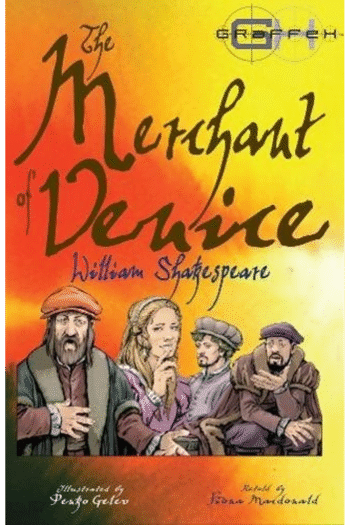“Elusive Promises: Planning in the Contemporary World” (Dislocations, 11) offers a groundbreaking anthropological perspective on how planning operates in democratic societies. Going beyond blueprints and regulations, this book, published by Berghahn Books, reveals planning as a complex social process involving negotiation, compromise, and the management of competing desires. Through diverse case studies, leading anthropologists explore the temporal dimension of planning how visions of the future are crafted, how promises are made (and often broken), and the lived realities of planned interventions. The book dissects the power dynamics inherent in planning, questioning who benefits, who is excluded, and the unintended consequences that arise. It examines the role of planners as mediators between abstract ideals and concrete realities, highlighting the ethical dilemmas they face. For students and professionals in urban planning, anthropology, sociology, and public policy, “Elusive Promises” provides a crucial framework for understanding the social, cultural, and political dimensions of shaping our world. It’s a vital resource for anyone seeking to move beyond technical solutions and engage with the human impact of planning decisions.
Elusive Promises: Planning in the Contemporary World (Dislocations, 11)
19,43 $
In stock
Planning in contemporary democratic states is often understood as a range of activities, from housing to urban design, regional development to economic planning. This volume sees planning differentlyas the negotiation of possibilities that time offers space. It explores what kind of promise planning offers, how such a promise is made, and what happens to it through time. The authors, all leading anthropologists, examine the time and space, creativity and agency, authority and responsibility, and conflicting desires that plans attempt to control. They show how the many people involved with planning deal with the discrepancies between what is promised and what is done. The comparative essays offer insight into the expected and unexpected outcomes of planning (from visionary utopias to bureaucratic dystopia or something in-between), how the future is envisioned at the outset, and what actual work is done and how it affects peoples lives.
| Binding | |
|---|---|
| Condition | |
| ISBN-10 | 0857459155 |
| ISBN-13 | 9780857459152 |
| Language | |
| Pages | 196 |
| Publisher | |
| Year published | |
| Weight | 435 |
| Edition | 1 |
Related products
A Comedians Prayer Book
13,14 $The Merchant of Venice (Graffex)
16,83 $
- Additional information
- Currencies
- USD – United States dollar
- EUR – Euro
- GBP – Pound sterling
- CNY – Chinese yuan
- BRL – Brazilian real
- MXN – Mexican peso
- JPY – Japanese yen
- PHP – Philippine peso
- THB – Thai baht
- PLN – Polish złoty
- CAD – Canadian dollar
- MYR – Malaysian ringgit
- AUD – Australian dollar
- TWD – New Taiwan dollar
- CZK – Czech koruna
- SEK – Swedish krona
- HUF – Hungarian forint
- ILS – Israeli new shekel
- CHF – Swiss franc
- HKD – Hong Kong dollar
- DKK – Danish krone
- SGD – Singapore dollar
- NOK – Norwegian krone
- NZD – New Zealand dollar





